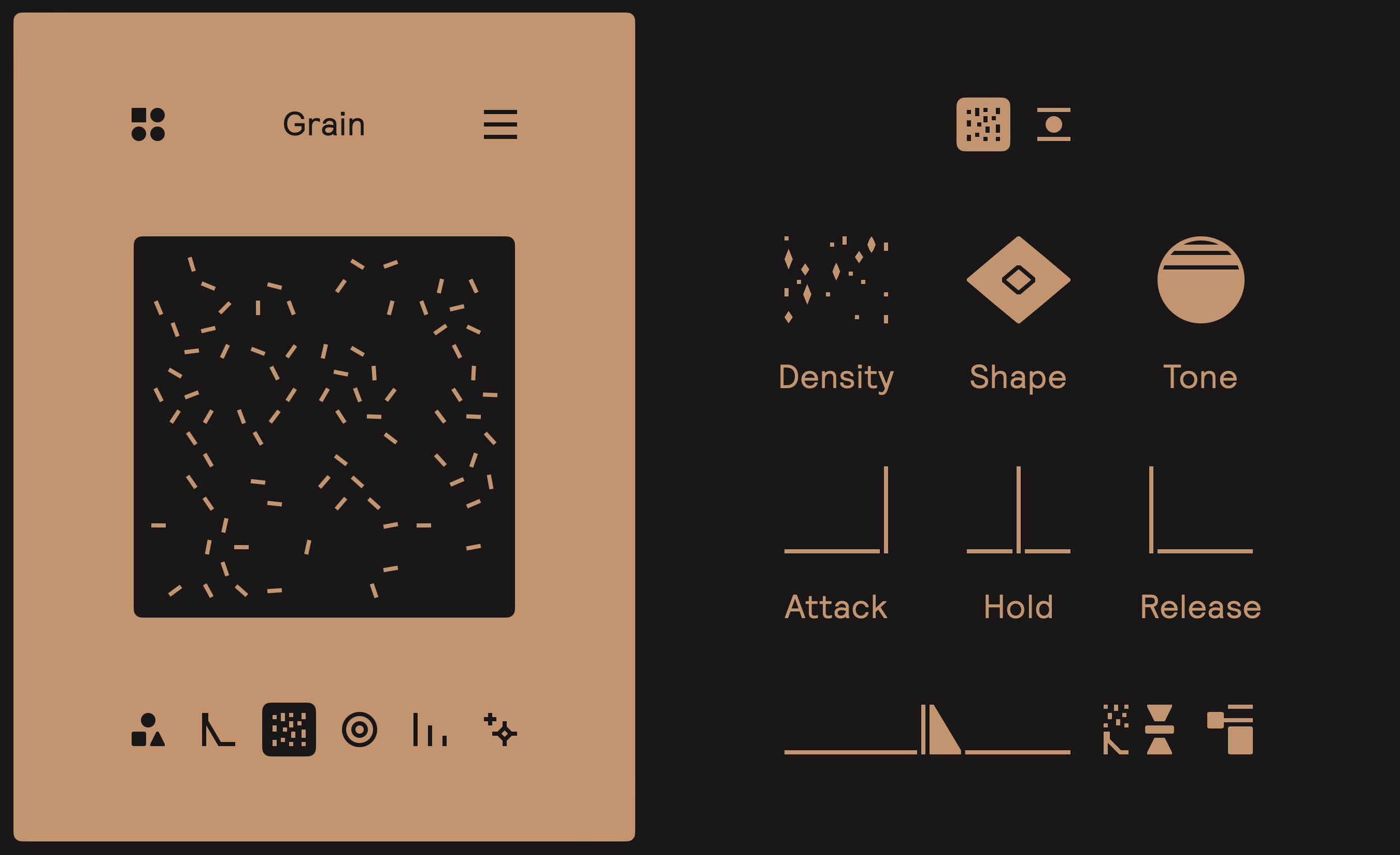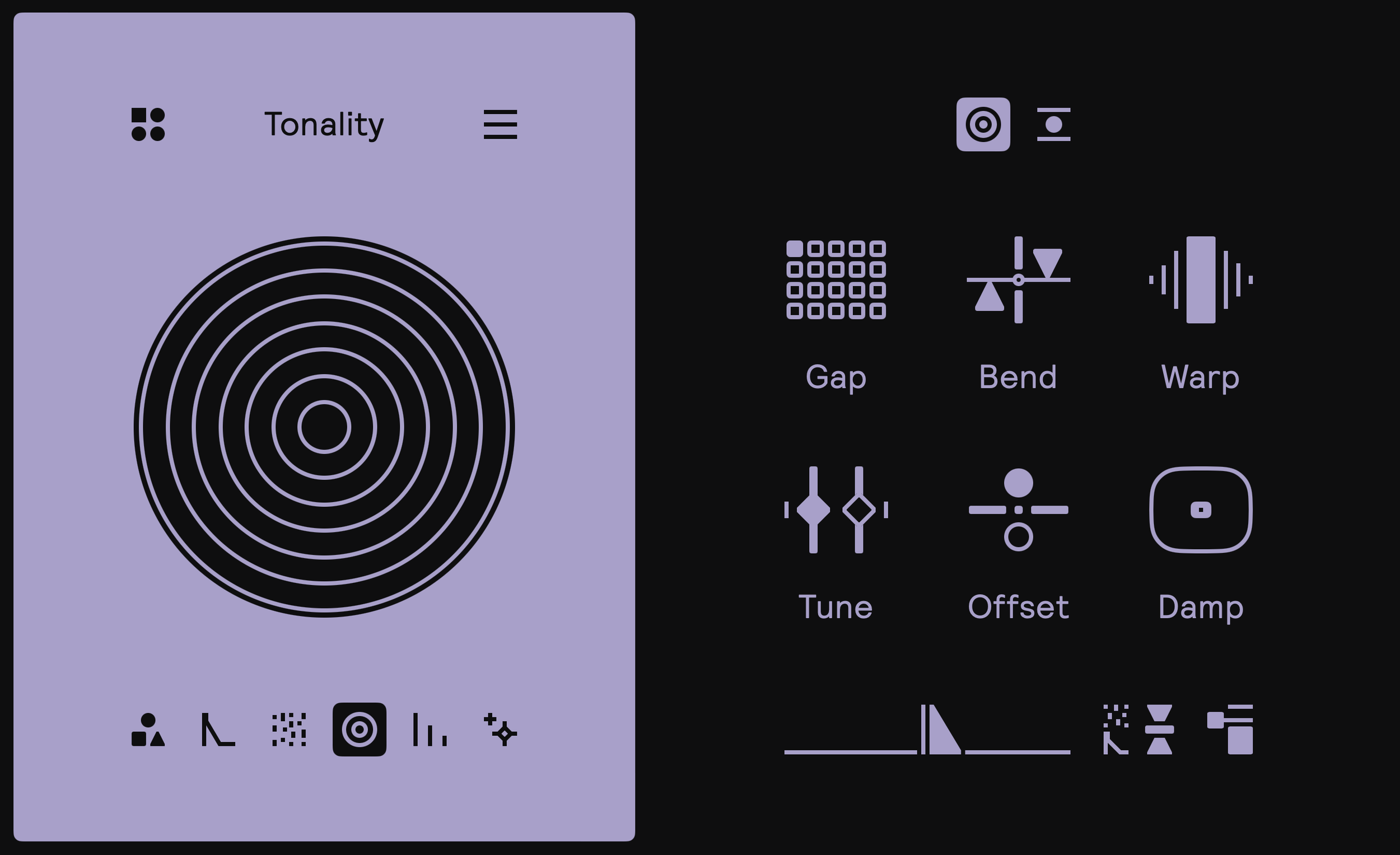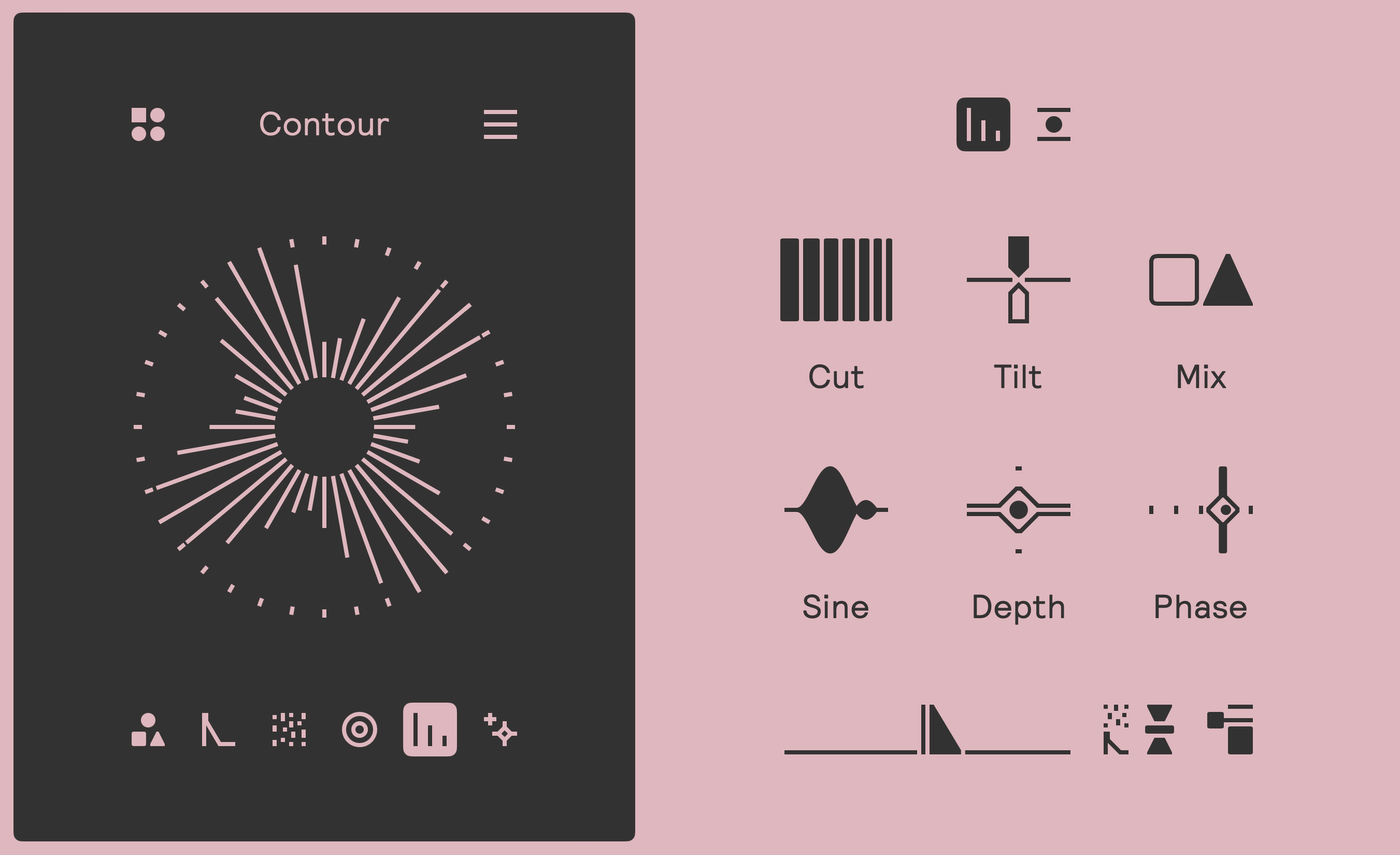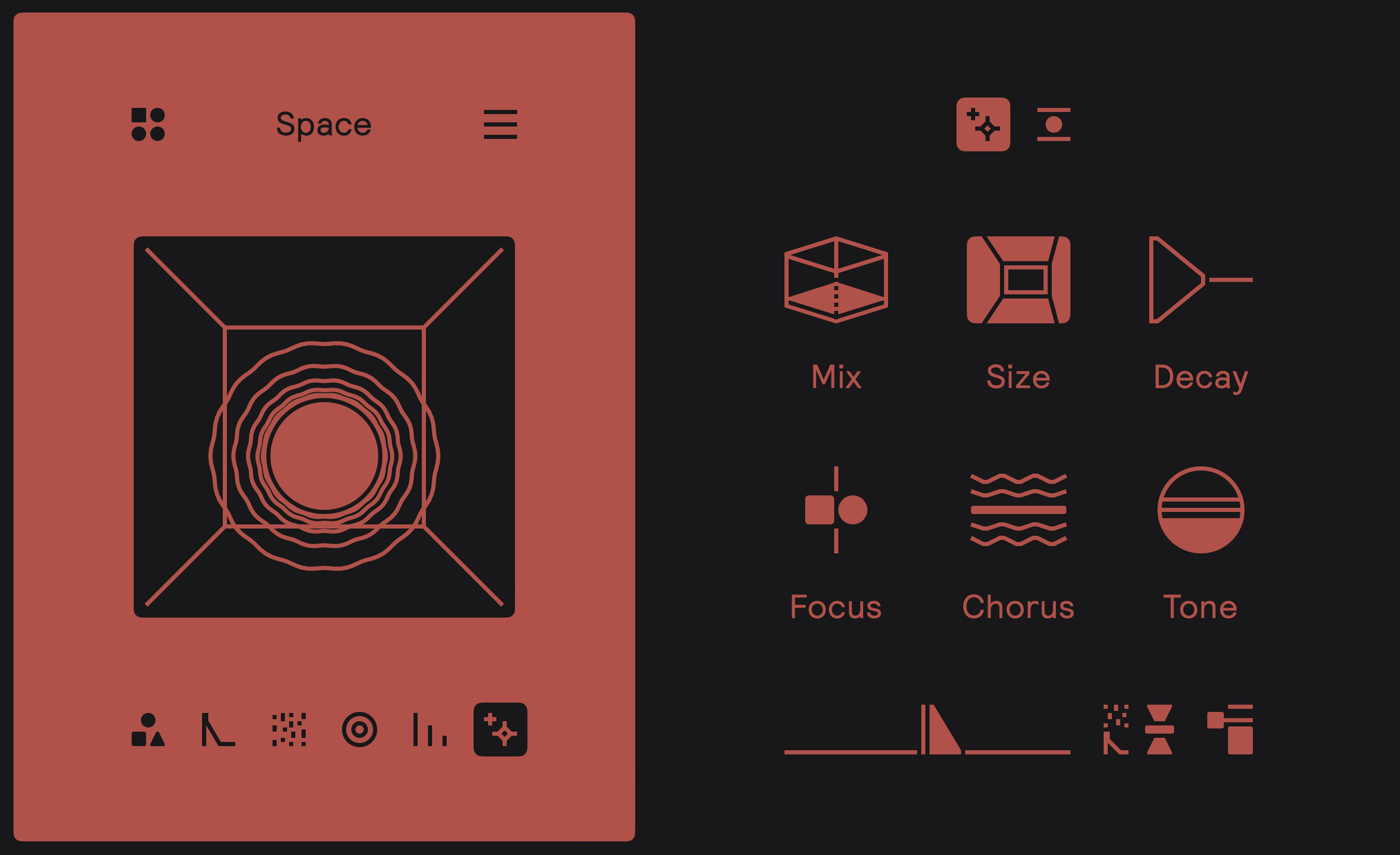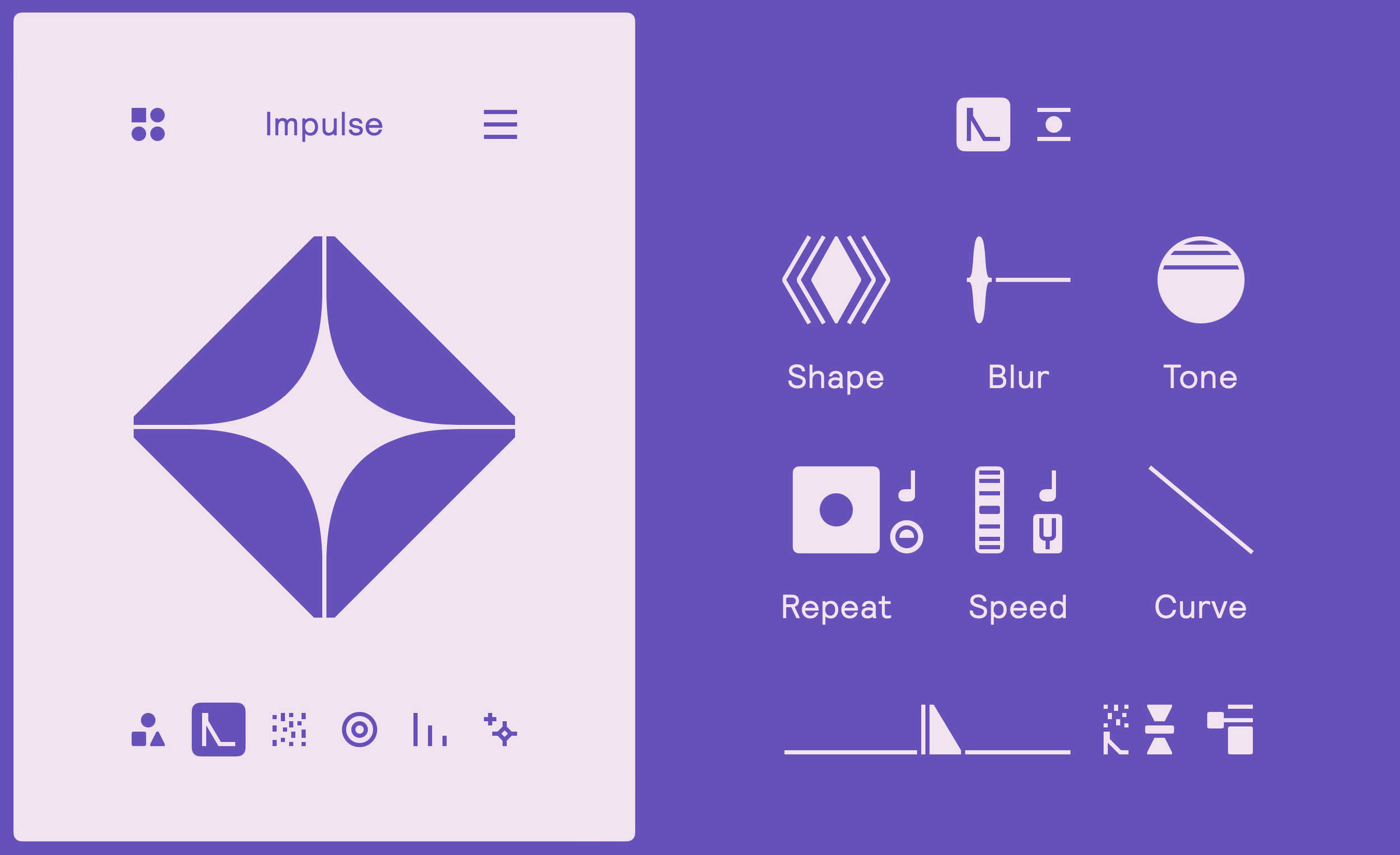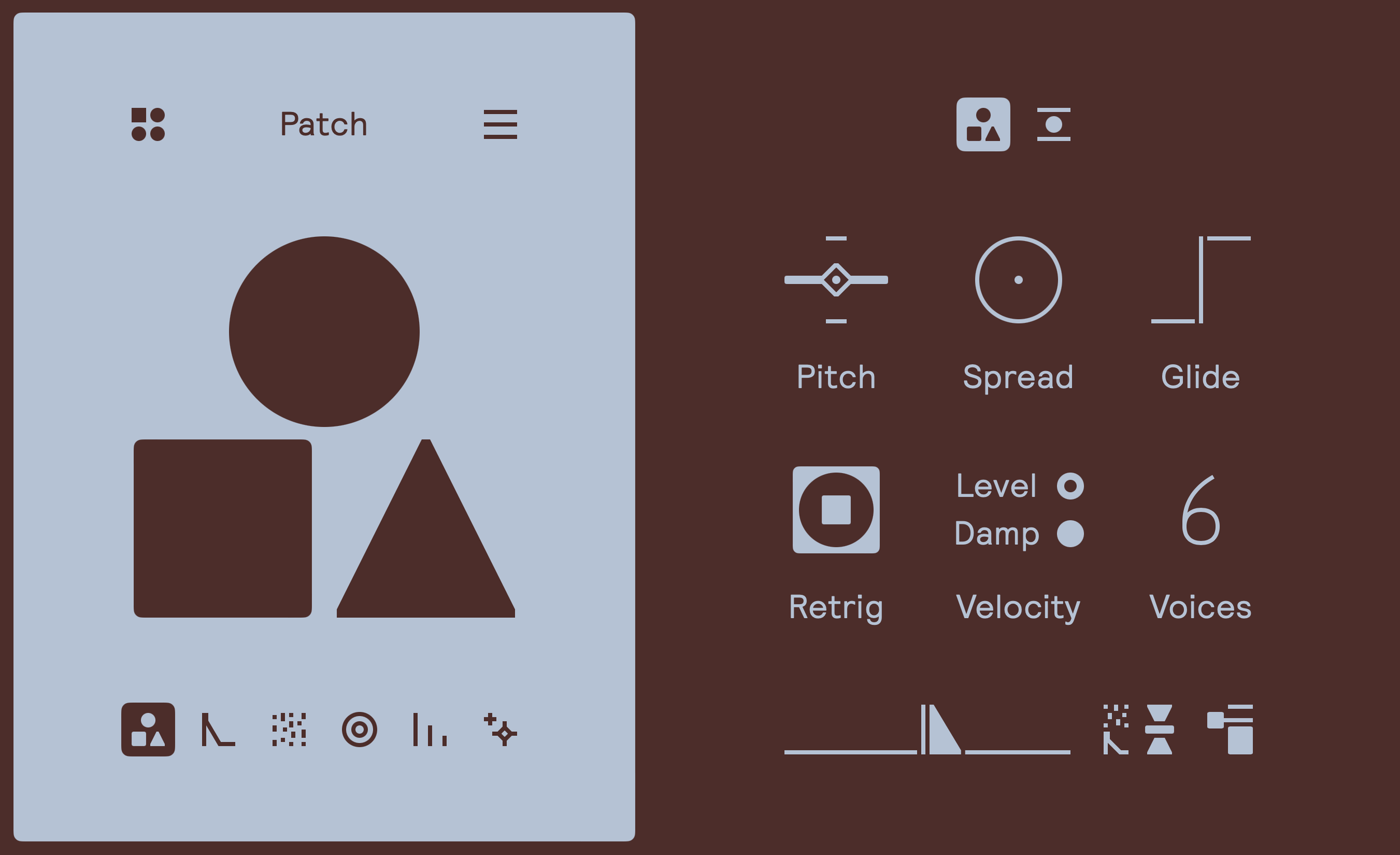TELA Review
Fors has released their first plugin, Tela. Having previously released renowned M4L devices such as Opal and Chiral, Fors has been out of reach for those of us who don’t use Live. Unfortunately, before you read on, it’s important to mention that this is for Mac only, I do not know if this will change in the future, and having missed out on Opal, I can understand how that feels. However, like Opal, Tela seems to be an evolution of a synth engine that was designed for Elektron. I can’t help but draw some parallels to my personal favorite Syntakt machine “PC Carbon” which comes from the Model:Cycles. That said, Tela goes WAY beyond anything PC carbon could do and does it with style.
Lots of style, Tela’s UI is absolutely stunning, flat symbols and shapes for every control all animated with a neat visualizer to the left that changes with some controls. On top of this there are loads of amazing color schemes that give off great vibes, many of which remind me of Lese’s Codec. The visual language here is just fun, it inspires you to create and explore without getting in the way of programming, as the values are still displayed when making adjustments. In my personal opinion, Tela is not only an instrument, but a work of art.
Tela is a modal synthesizer, if you’re not familiar with modal synthesis that is ok, Prism and Objekt both have modal synthesis. Essentially think physical modeling meets additive, instead of using combs they use a series of tuned single frequency resonators. Fors did an incredible job with this one, by default it sounds like we’re just dealing with a saw wave, you’d have no clue that there is so much more going on under the hood. But as you start manipulating the controls, Tela wakes up and becomes a beautiful and sweet “virtually acoustic” sounding instrument.
Tela is broken down into 6 main layers, represented by symbols to the right. Each section controls various aspects of the synth engine, starting with settings, an impulse exciter, a grainy noise exciter, tonal tuning of the resonators, volume of the resonators, and finally effects. Each section has a single modulator that can target any of the controls within that section. Modulation is pretty simple, it’s nice that you get jitter and some interesting shaping over the curve, you can even set it into an envelope mode if you’d like. Probably my only gripe is that it’s not displayed visually when a control is modulated, I normally don’t care about this, but they just look so cool when they move.
Exciters:
The exciters are very interesting, most modal synths give you a click and white noise, and that’s about it. here you get a lot of control over the contour and shape of the exciters, plus quite a lot of experimental range to play with. Instead of a click you get a shaped impulse, this has a range of tones and a sort of “brushed” response when using the blur control. Where impulse gets fun is the repeat, which seems to delay the exciter with various speed and control to get some incredible articulation and even syncopation. You can blend this with the “Grain” exciter that is sort of like a vinyl crackle effect that trends towards noise when at full density.
Resonators:
I am so glad that Tels chooses to break down the modal resonators into 12 main controls. Rather than allowing you full control over each and every resonator in a tedious matrix, these controls target groups of partials and moves them according to whatever magic trajectories Fors designed for. The tonality page is focussed mostly on the tuning of each partial, gap, bend, warp, tune, and offset all shift different groups of partials up and down letting you structure an incredibly wide array of frequency spectra that almost all sound good. Damp gives higher partials faster decay times which is crucial for simulating acoustic tones.
The contour page is focussed on the volume of each resonator, you get some basic tilt, filtering, and the ability to remove either even or odd partials. Then you get what is my favorite aspect of this entire plugin a volume curve. Sine, depth, and phase work together to adjust the volume of multiple partials. with depth all the way up, sine will bulge a small section of frequencies, sort of like a bandpass filter, When you increase sine, you see that curve ripple into smaller groups of frequencies. This gives you SO many combinations with only 2 controls. Finally add in the phase control which rotates the shape patterns through the various partials.
Something I did not know at the time of originally writing this article, is that every control can be modulated at audio rate. The modulation system even has the capability to keytrack and play at ratios of each key. This allows for some extra crazy sound design, where you can apply tuned AM/FM per partial to the sound. Add noise with the jitter control and more. This really expands the capability of the sound engine, modulation isn’t just movement, but also part of the synthesis.
Finally there is a small effects section, a reverb with chorus (I think it’s just chorus on the reverb), it sounds nice and is a polishing touch, but I just don’t have much to say about it. The main synth engine is where this shines, I’d love this as an Elektron box even if it were the only engine available. The sounds range from physical modeling out into spectral. The modulation is quite a nice touch, without it Tela would still be neat, but being able to get some motion going really pushes it into incredible. This makes me feel like I missed out on Opal even more than I already felt. One more time I have to mention how lovely the UI is, and I really hope Fors continues to make plugins from here on out. More of this is great, I love my “do-it-all” machines, but I love simple art like this as well. It is a shame that it’s Mac only, so hopefully that can change in the future.

